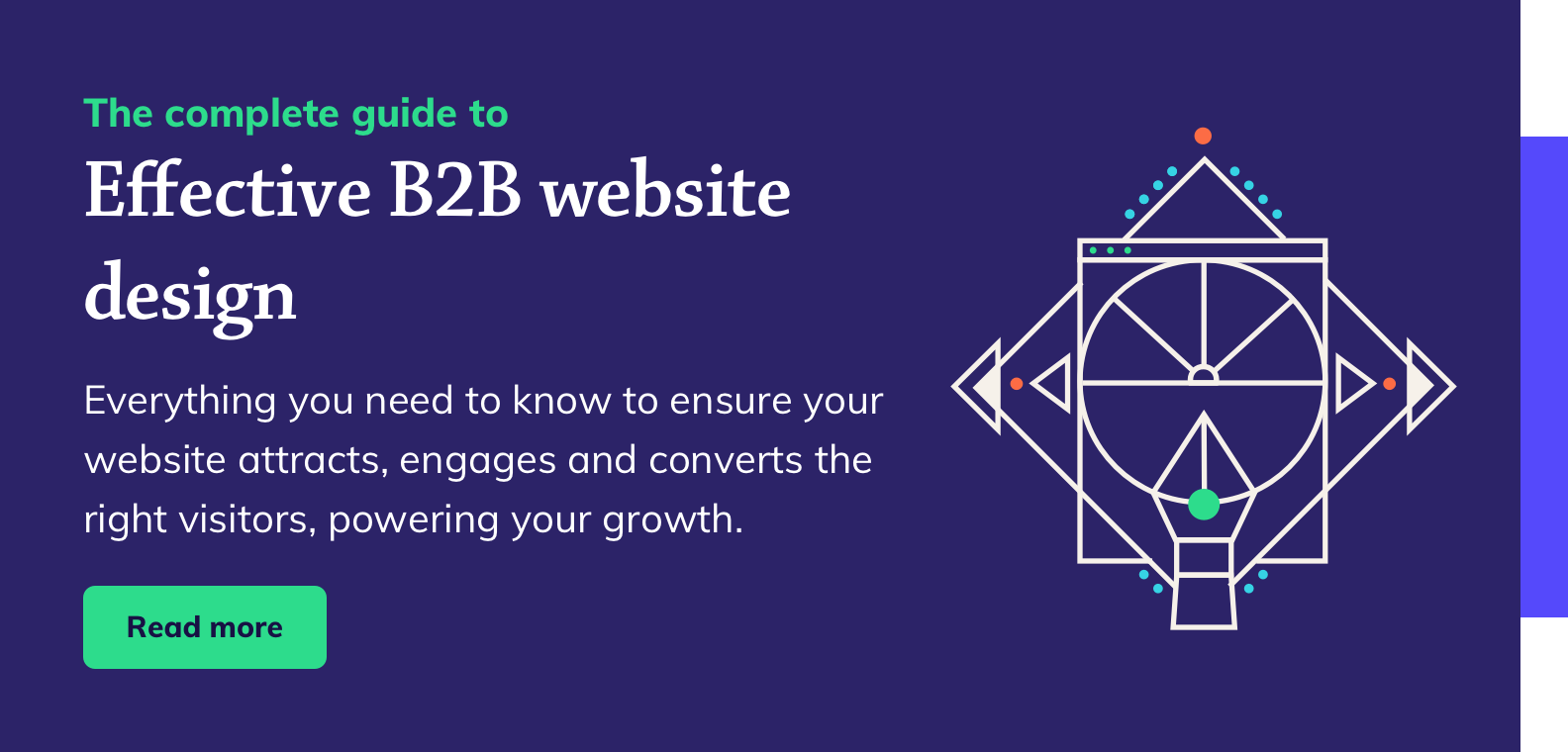Make no mistake. A website redesign is a big undertaking for any business.
Get it right and your new site can breathe new life into your brand, improve performance, and convert more visitors. Get it wrong however, and you could be agonising over the details for years and going over budget.
During our recent webinar: Roadmapping a website redesign project, we discussed the tactics and strategies in-house marketers need to consider when executing a successful redesign.
Webinar: Roadmapping a website redesign project
In our webinar, Blend’s Client Services Director Amanda McGrath and Senior Digital Designer Clare Chan, take marketers through a step-by-step guide on how to execute a website design project that delivers long-lasting results.
They cover everything from:
- Auditing your current assets and defining redesign goals
- Structuring content to create a comprehensive brief
- Managing stakeholder expectations and resources
Let’s recap the main points covered.
Auditing your assets and defining redesign goals
The big mistake marketers make is rushing to see what they can achieve from a redesign, without first considering what they already have.
So, before your start planning your website redesign, it’s important to document key performance metrics to help guide your decision-making.
This means performing an internal and external audit.
These help you understand:
- Current website and content performance
- Organisational culture
- Internal stakeholder expectations
- Future customer requirements
Using this information, you’ll be better equipped to create meaningful goals based on where you are now. Focus on specific areas you want to improve upon that are guided by the resources you have available.
Gather and structure content to create a comprehensive brief
Guided by audit outcomes, you should know who your target audience is and can start to shape what needs to be included on your website.
Typically you’ll need to include:
- Key products and services
- Case studies
- Blog and content areas
- Legal information
- Contact information
Using the information, content, and resources you have available, map out your site in a way that relates to these pages and is guided by your audience.
You can find some handy mind-mapping tools to help you create a sitemap here.
Manage stakeholder expectations and resources to deliver your project on time
Ask yourself, how are planning to create your new website? Is it with an in-house team, with a website design agency, or both? If you’re approaching a big project, you also need to decide what platform you’re going to use.
Once these details are final, you’ll have to set out
- The resources you need (copywriting, design, video, development)
- Internal stakeholder management (who has final sign off)
- Technical aspects (multilingual content, dependencies)
- Design and positioning
- Timeline and budget
We’ll give you an overview of the many, many details you need to consider in the webinar, so check out the recording for more detail.
Additional resources
For some extra help starting your own website design project, here are some additional resources to get your teeth into:
- How Responsive Web Design Works
- Design Principles that Boost Conversion Rate
- Website Design Stats for 2020
- The Best Examples of Contact Us Pages
- How to Use Card Sorting to Better Understand Your Users
- 38 Essential Website Redesign Terms You Need to Know
- Why You Need a Responsive Web Design
Useful tools
Here are some handy tools and software that we think you'll find useful – to assist you on your redesign journey.
Hotjar
Hotjar is a great visualisation tool that lets you see exactly how users are engaging with your website. It does this by utilising interactive heatmaps of clicks and actions, session recordings, and survey data. Which helps you build a detailed understanding of the ways users are interacting with your site and content.
Lucidchart
Popular diagramming and data visualisation platform Lucidchart allows users to collaborate on drawings, diagrams, flow charts, and more. And is an effective tool for creating mind maps and managing projects.
SEMrush
SEMrush is an all-in-one tool suite for boosting online visibility and uncovering marketing insights. Their software helps marketers identify valuable keywords to improve SEO and the effectiveness of pay-per-click (PPC), social media, and content marketing campaigns.
Moz
Similarly to SEMrush, Moz brings together SEO software tools to help you increase traffic, rankings, and visibility in search results. Their tools can help you perform site audits, rank tracking, keyword research, and more.




